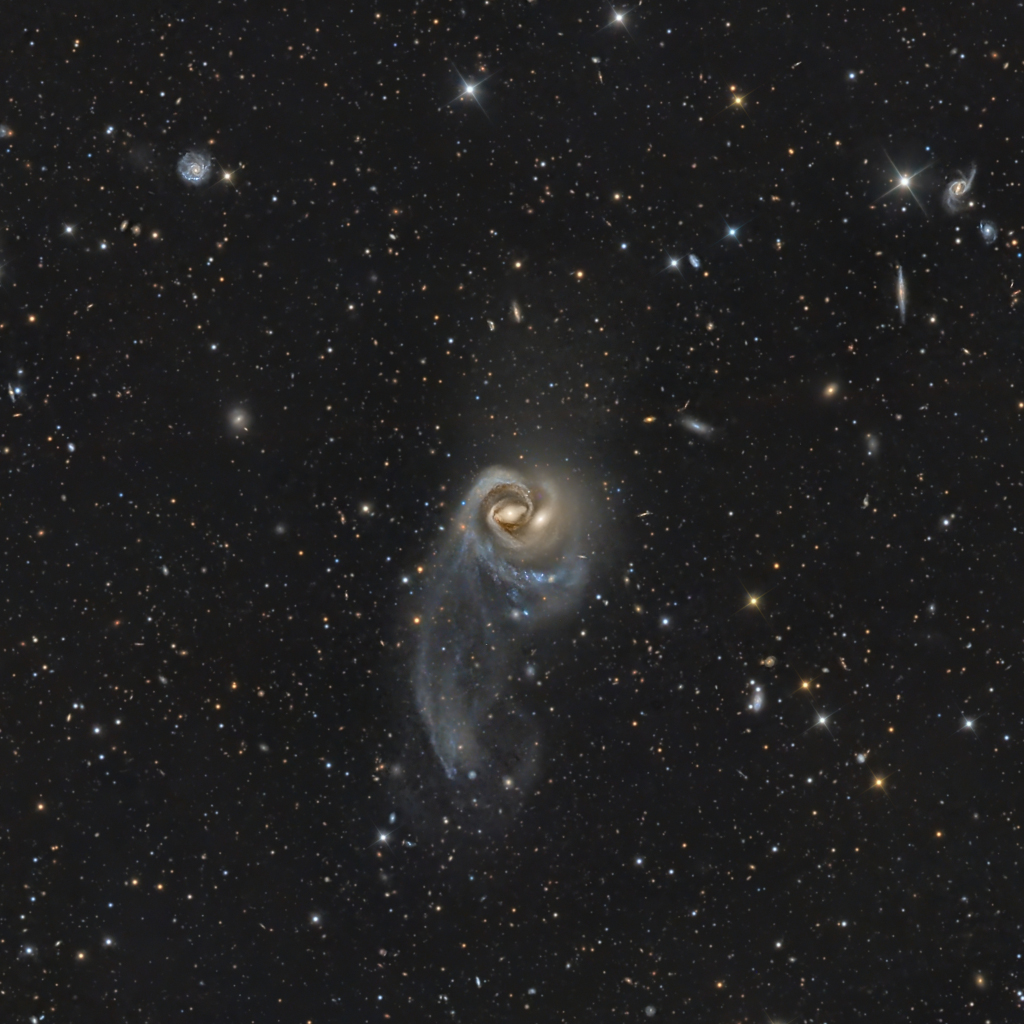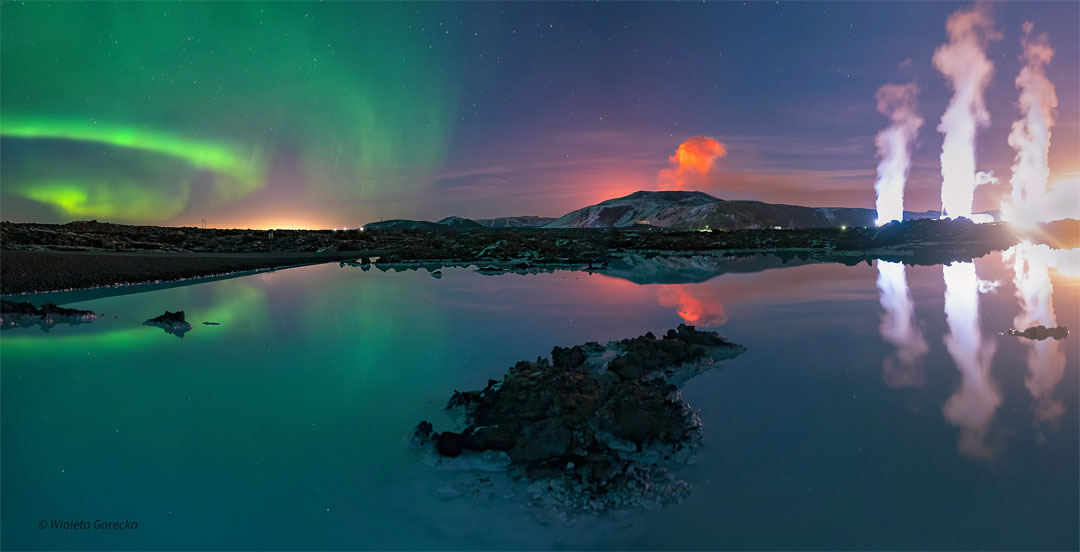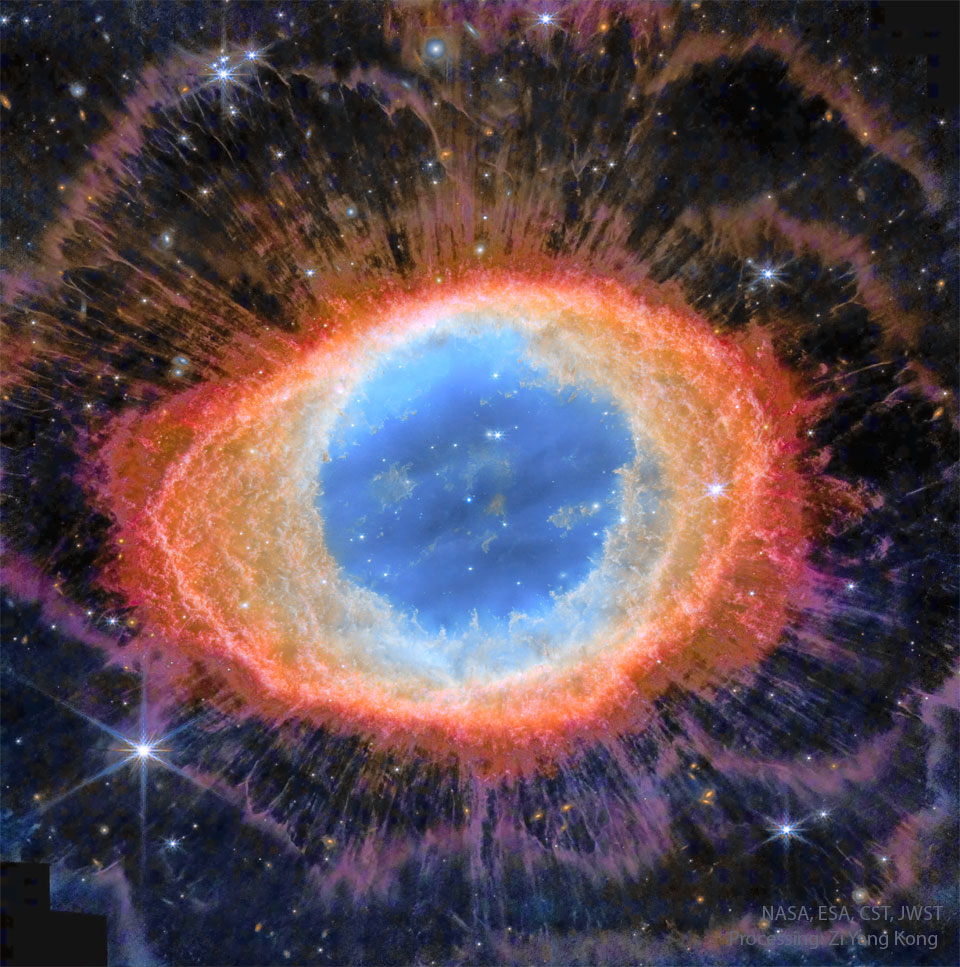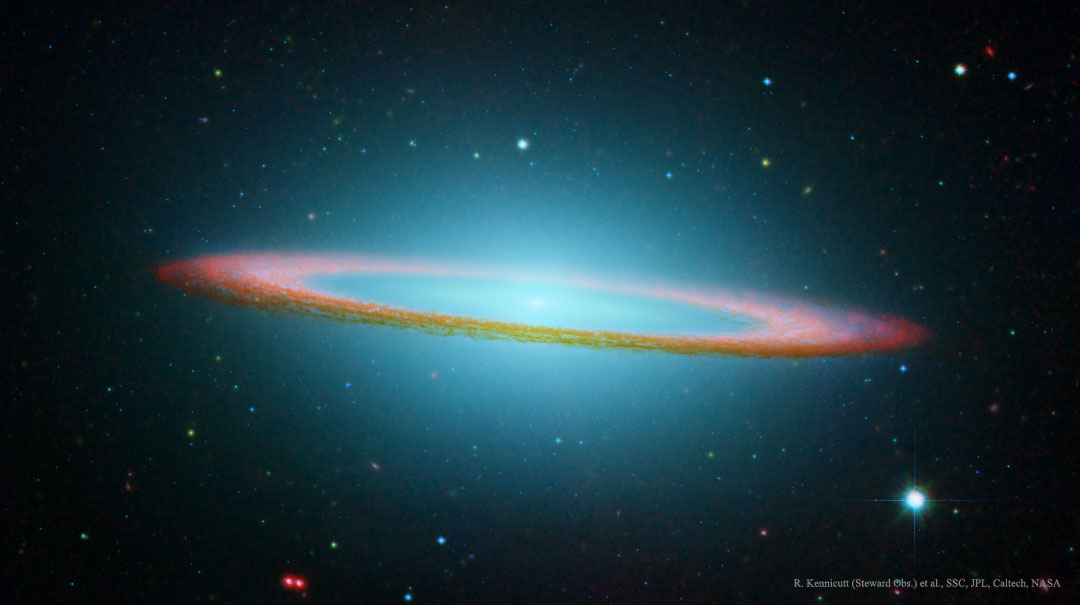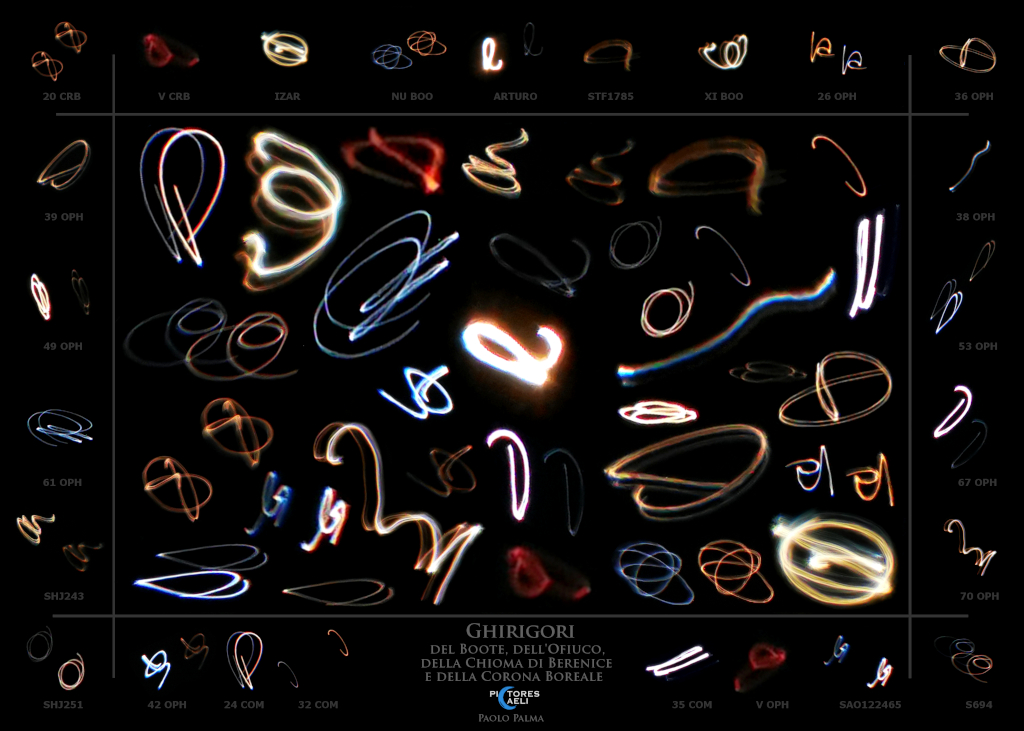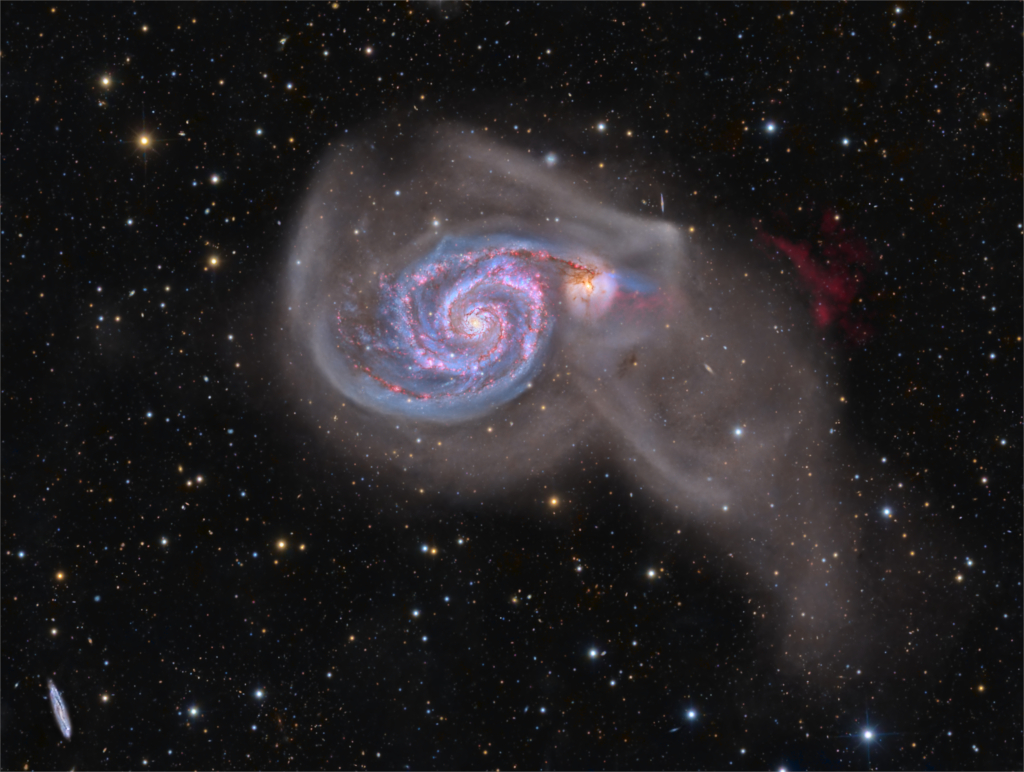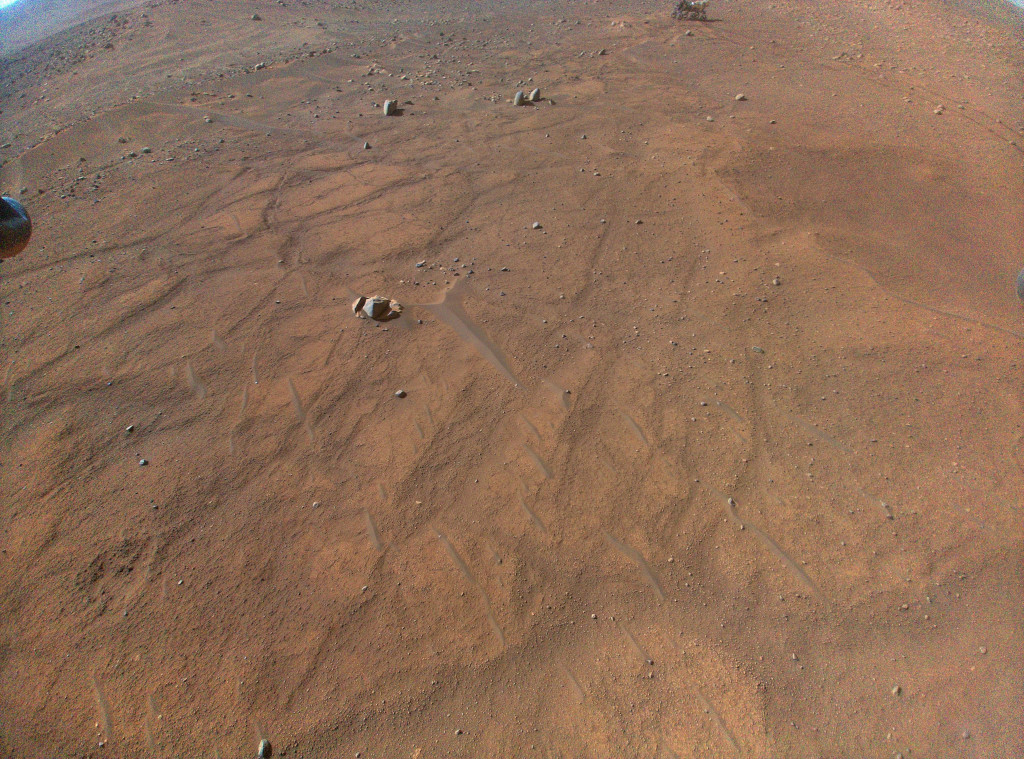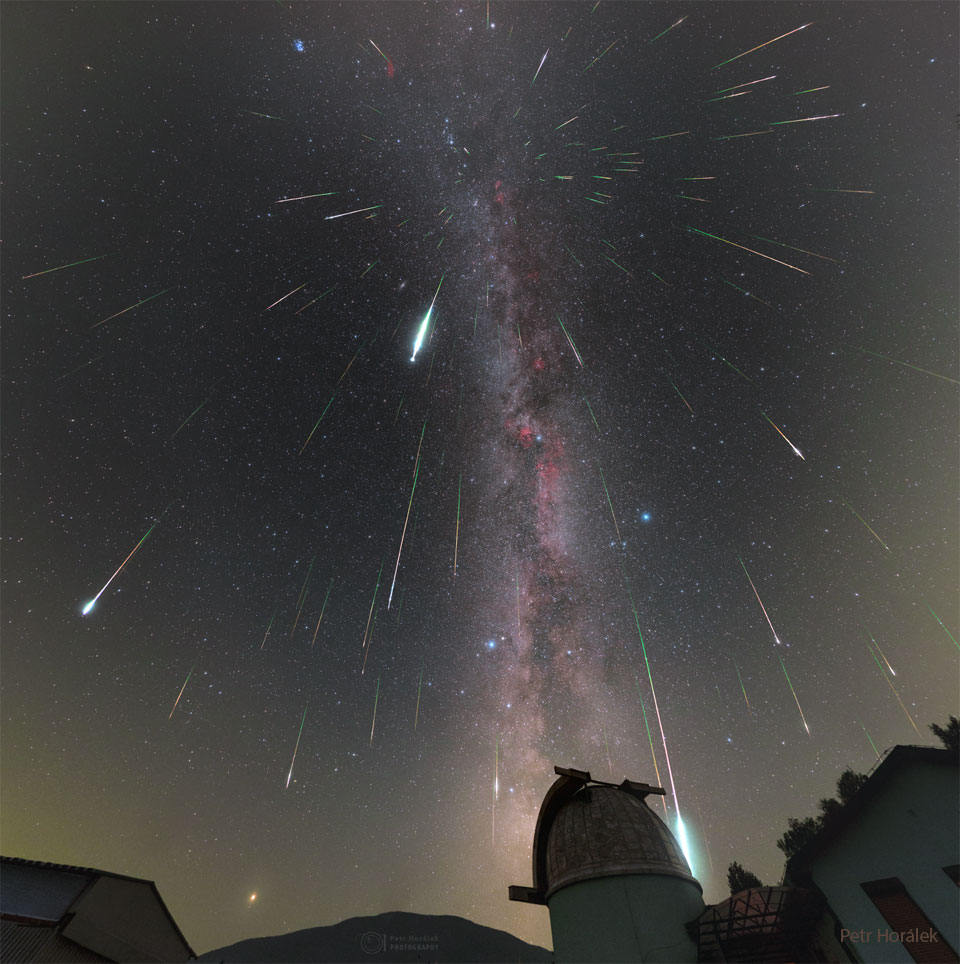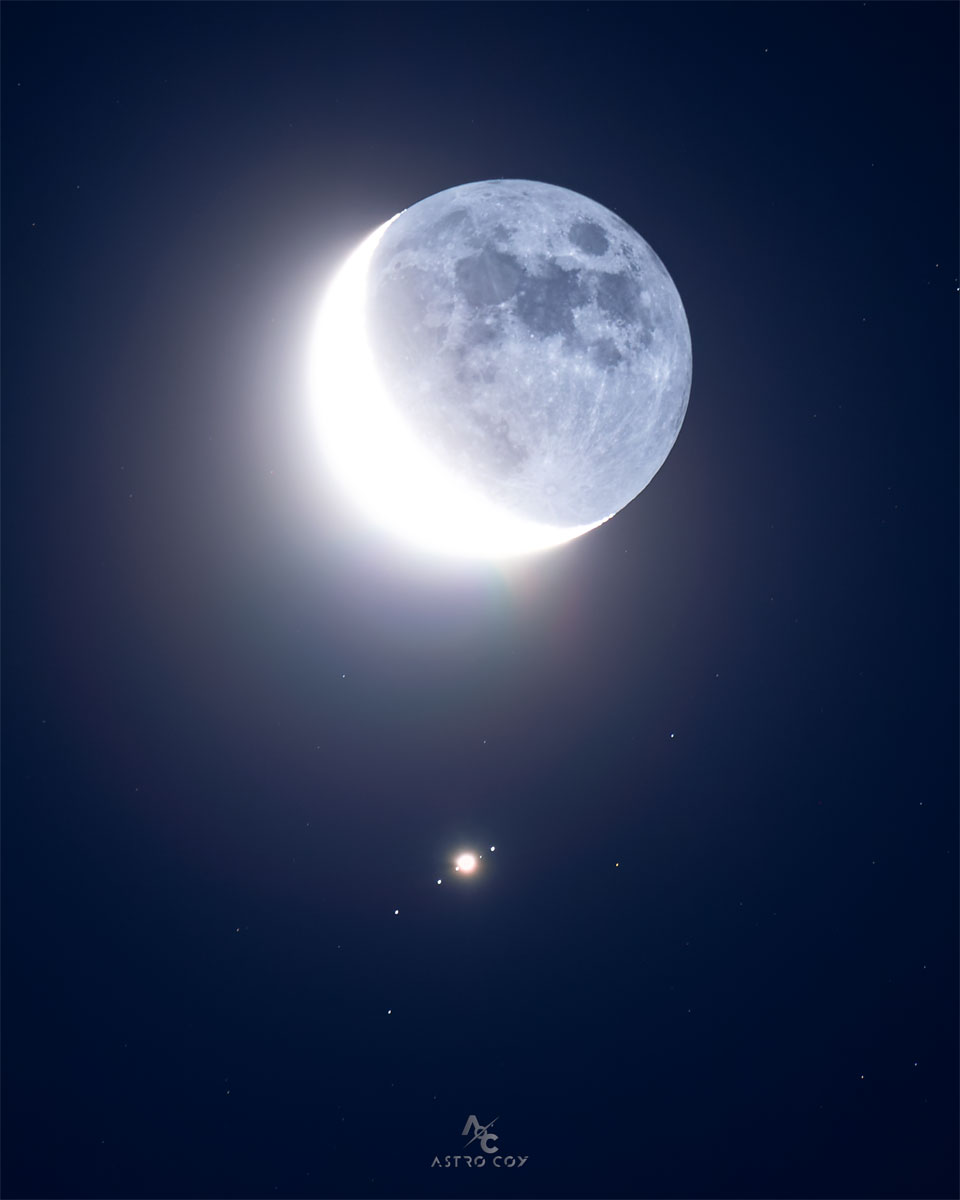안녕하세요, 잡학다식 입니다. 오늘은 과연 나사에서 어떤 방식으로 우주의 형상을 표현해 줄까요?
우선 이미지부터 볼 수 있도록 하겠습니다
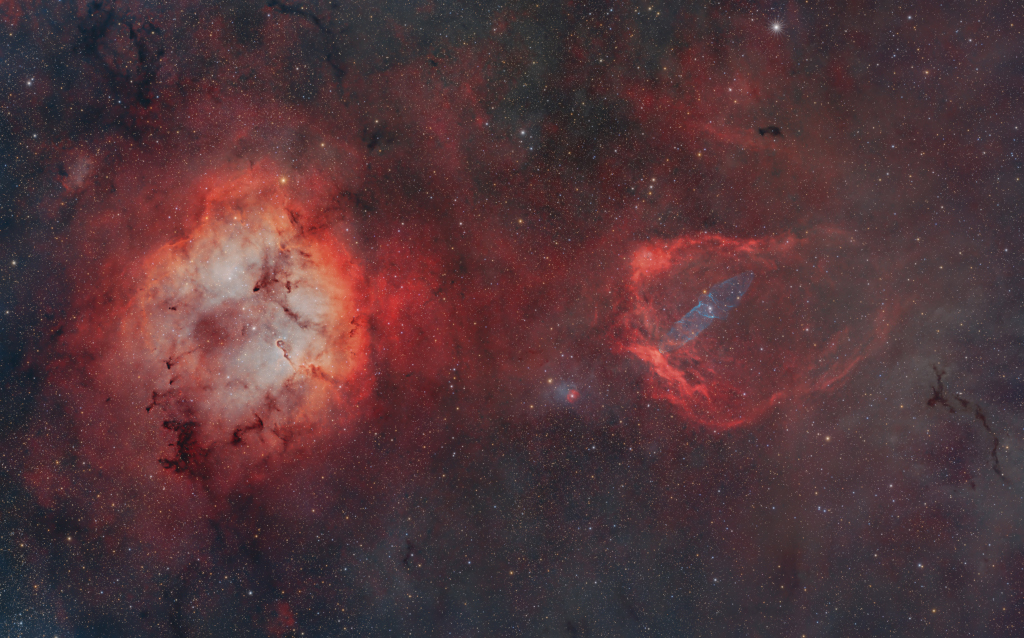
해당 사진의 이름은 A Cosmic Zoo in Cepheus 인데요 우선 NASA에서 공식적으로 발표한 설명들을 확인해 보겠습니다
Sprawling emission nebulae IC 1396 and Sh2-129 mix glowing interstellar gas and dark dust clouds in this nearly 12 degree wide field of view toward the northern constellation Cepheus the King. Energized by its central star IC 1396 (left), is hundreds of light-years across and some 3,000 light-years distant. The nebula's intriguing dark shapes include a winding dark cloud popularly known as the Elephant's Trunk below and right of center. Tens of light-years long, it holds the raw material for star formation and is known to hide protostars within. Located a similar distance from planet Earth, the bright knots and swept back ridges of emission of Sh2-129 on the right suggest its popular name, the Flying Bat Nebula. Within the Flying Bat, the most recently recognized addition to this royal cosmic zoo is the faint bluish emission from Ou4, the Giant Squid Nebula. Near the lower right edge of the frame, the suggestive dark marking on the sky cataloged as Barnard 150 is also known as the dark Seahorse Nebula. Notable submissions to APOD: Perseids Meteor Shower 2023
이번에도 광활한 우주 앞에 인간이 얼마나 작은 존재인지 다시 한번 알게 되는것 같습니다
저는 내일도 더 좋은 사진과 함께 돌아오겠습니다, 그럼 행목한 하루 되시길 바랍니다
'과학상식' 카테고리의 다른 글
| NASA 나사의 오늘의 이미지들 (2023-08-19) (0) | 2023.08.20 |
|---|---|
| NASA 나사의 오늘의 이미지들 (2023-08-18) (0) | 2023.08.19 |
| NASA 나사의 오늘의 이미지들 (2023-08-16) (0) | 2023.08.17 |
| NASA 나사의 오늘의 이미지들 (2023-08-15) (0) | 2023.08.16 |
| NASA 나사의 오늘의 이미지들 (2023-08-14) (0) | 2023.08.15 |
